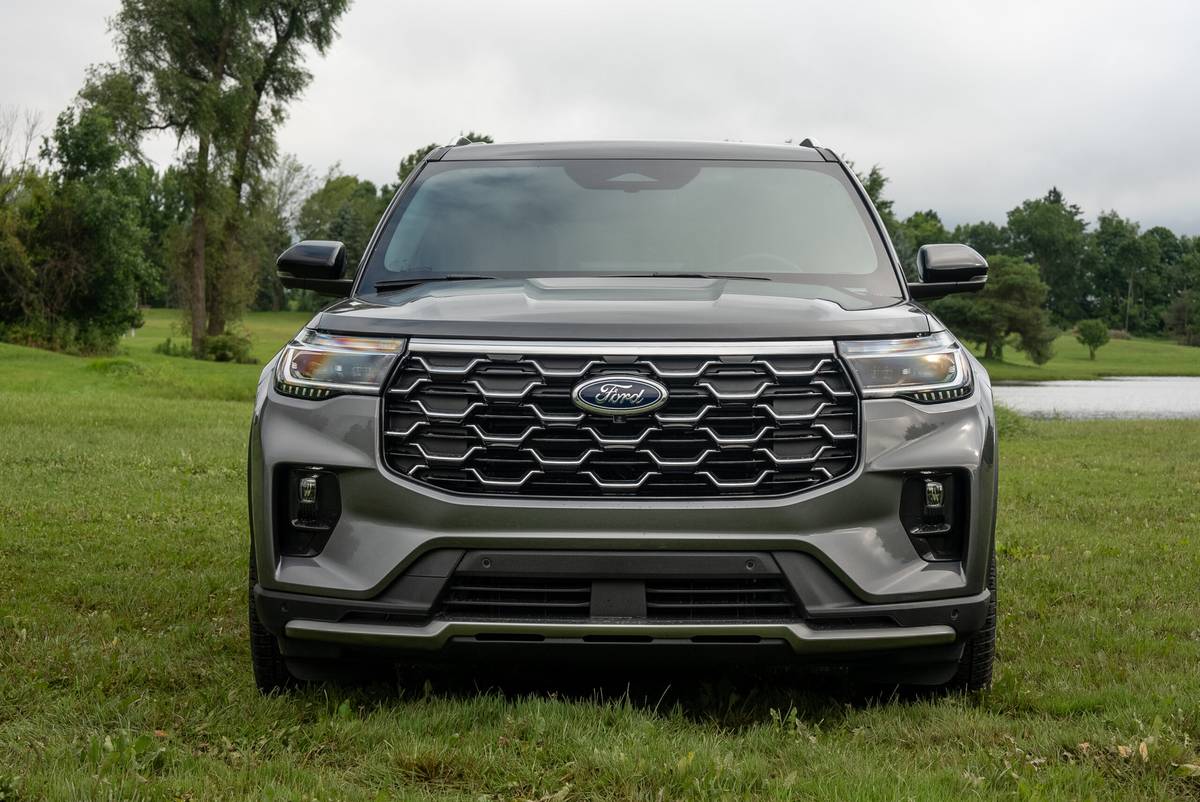2015 Mercedes-Benz S550 Plug-in Hybrid: First Look (15 Photos)

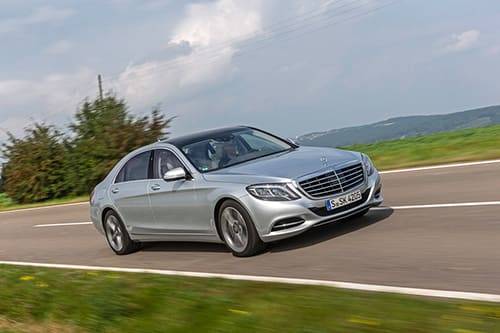
Competes with: Audi A8 TDI, BMW 7 Series ActiveHybrid, Lexus LS 600h
Looks like: An S-Class with enough rear signage for Mercedes’ lettering supplier to hire an extra shift
Drivetrain: 436-hp (combined), turbocharged 3.0-liter V-6 and electric motor with seven-speed automatic transmission; rear-wheel drive
Hits dealerships: Spring 2015, California only
Witness the reprisal of Mercedes-Benz’s S-Class hybrid, this time in the form of a plug-in S550. The S550 Plug-in Hybrid teams a turbocharged V-6 with an electric motor that runs off a battery you can plug in to recharge. Whereas its predecessor, the 2010-2013 S400 Hybrid, was a plug-free “mild” hybrid that couldn’t actually travel on electric power alone, Mercedes says its successor can do that for up to 20 miles.
Related: More Hybrids/Alternative Fuels News
Typical of Mercedes’ flagship sedan, the S550 plug-in electric vehicle boasts a kitchen sink’s worth of other features. Among them are haptic gas-pedal feedback and drivetrain logic that purportedly adapts its efficiency strategy to the road and traffic around you.
The car goes on sale in California in spring 2015. Pricing and EPA mileage is still pending, but Mercedes spokesman Chris Bokich told us to expect pricing “around the same ballpark” as the conventional S550, which starts at $95,325.
Exterior
Styling is similar to the S-Class, but the S550 PHEV weighs about 460 pounds more than its conventional S550 sibling. Some 250 pounds of that comes from the 8.7-kilowatt-hour lithium-ion battery — about twice the capacity of the lithium-ion battery in a Toyota Prius Plug-in Hybrid — which reduces trunk room to an estimated 12.2 cubic feet. That’s about 25 percent less than the trunk in the conventional S-Class.
No doubt a few extra ounces come from the S550’s PHEV’s insignia, too. In Mercedes’ familiar all-caps typeface, “PLUG IN HYBRID” runs from the taillight nearly all the way to the license plate — a display that’s about as subtle as a billboard.
Eighteen-inch alloy wheels and an adaptive air suspension are standard.
Interior
Like many electric vehicles, the S550 PHEV allows drivers to preprogram departure times so the cabin is preconditioned — including heating elements in the seats, steering wheel and armrests, or seat coolers if it’s a hot day — by the time you show up. Leather upholstery and memory power seats are standard.
Under the Hood
The S550 PHEV combines a twin-turbo V-6 with a 114-horsepower (85 kilowatts) electric motor for a combined 436 hp and 479 pounds-feet of torque. Via a charging port behind the right side of the rear bumper, you can charge the car’s lithium-ion battery for up to 20 miles of all-electric range, depending on conditions. Mercedes says a full recharge from a battery that’s 80 percent depleted takes two to four hours, depending on the sort of outlet you plug into.
Mercedes says the system’s total power launches the 5,093-pound S550 PHEV to 60 mph in only about 5 seconds — just 0.2 second short of the turbo V-8 S550 and well ahead of the old S400’s manufacturer-estimated 7.2 seconds.
EPA gas mileage is still pending, as is federal certification of the EV range. But Mercedes claims the S550 PHEV cuts carbon-dioxide emissions — which are directly related to gas mileage — by 43 percent versus the fully gasoline S550 on European driving cycles. Still, that counts a lot of variables like regular charging through Europe’s electricity grid. It’s hard to say once you’re past EV range how the U.S. S550 PHEV will compare to the fully gasoline S550’s 17/26/20 mpg (city/highway/combined), but it will have to beat those figures significantly to match the BMW ActiveHybrid 7 Series (25 mpg combined) or diesel Audi A8 L TDI (28 mpg combined).
The S550 PHEV’s drivetrain works through a seven-speed automatic transmission, and it can adjust the mix of electric and engine power based on route and traffic conditions. You can override those adjustments via four operating modes and three transmission modes. Like any hybrid, the S550 PHEV also uses deceleration to recharge the battery, but it also features gas-pedal pulsations that signal things like the threshold where the car switches from EV to engine power and the best time to ease off the gas for coast-down battery charging.
Safety
Standard safety features includes a drowsy-driving alert as well as forward collision warning with automatic braking.
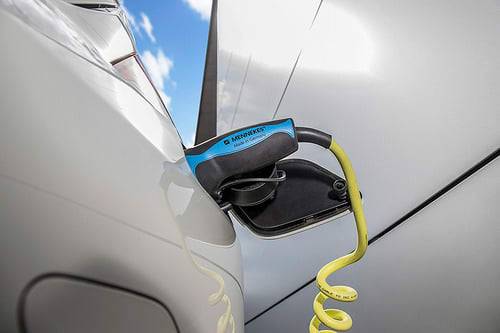

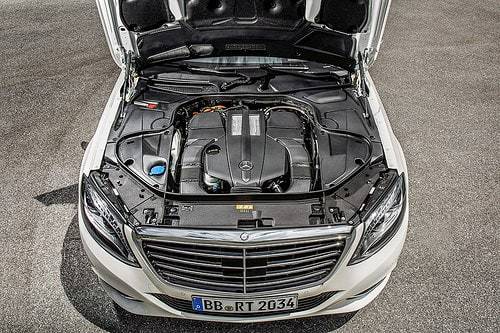
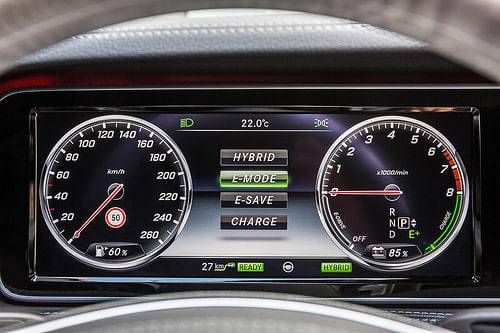
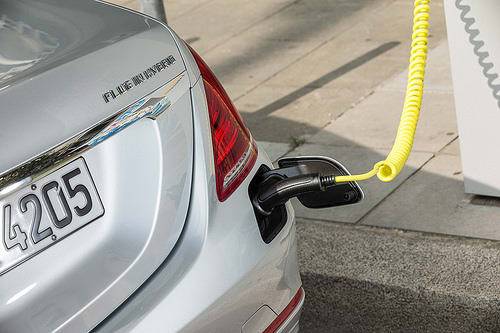
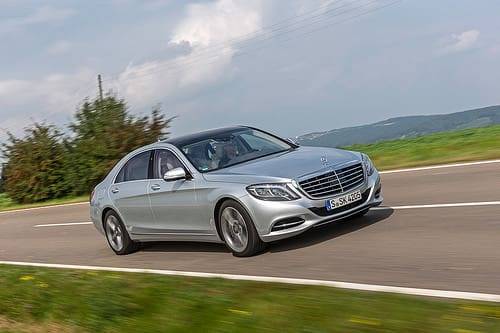

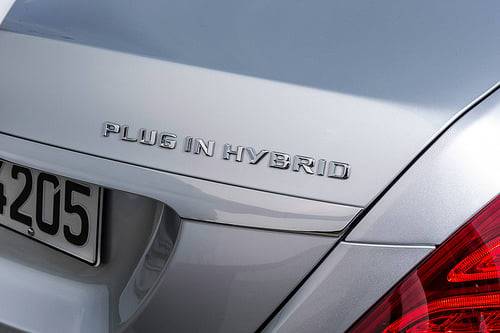
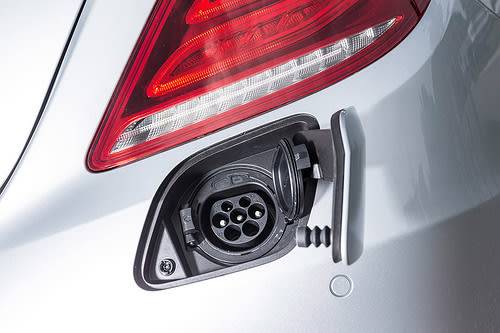
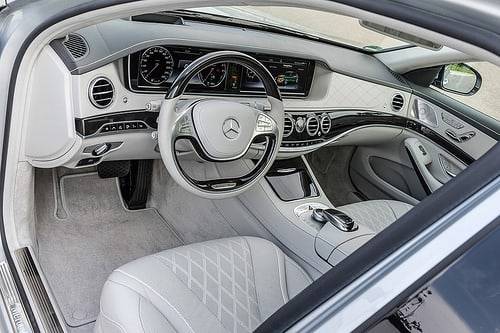
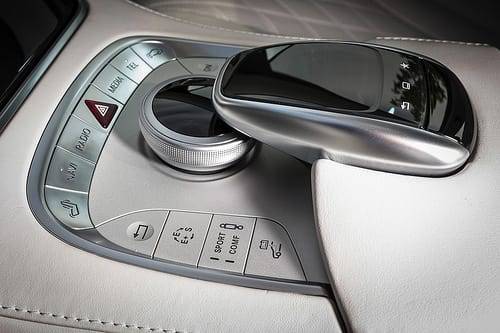
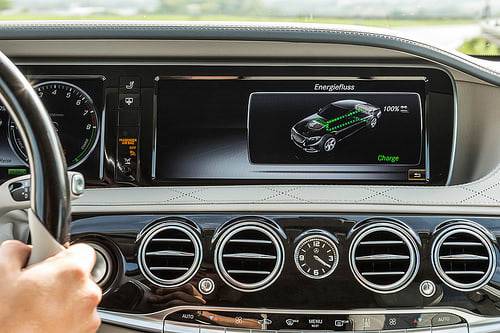
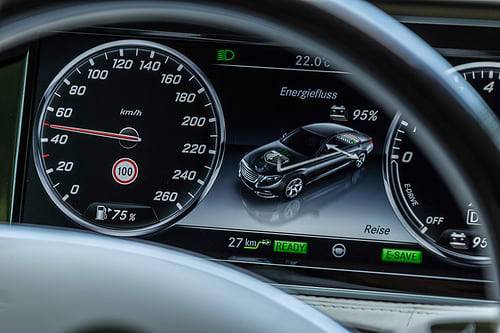


Manufacturer images

Former Assistant Managing Editor-News Kelsey Mays likes quality, reliability, safety and practicality. But he also likes a fair price.
Featured stories

